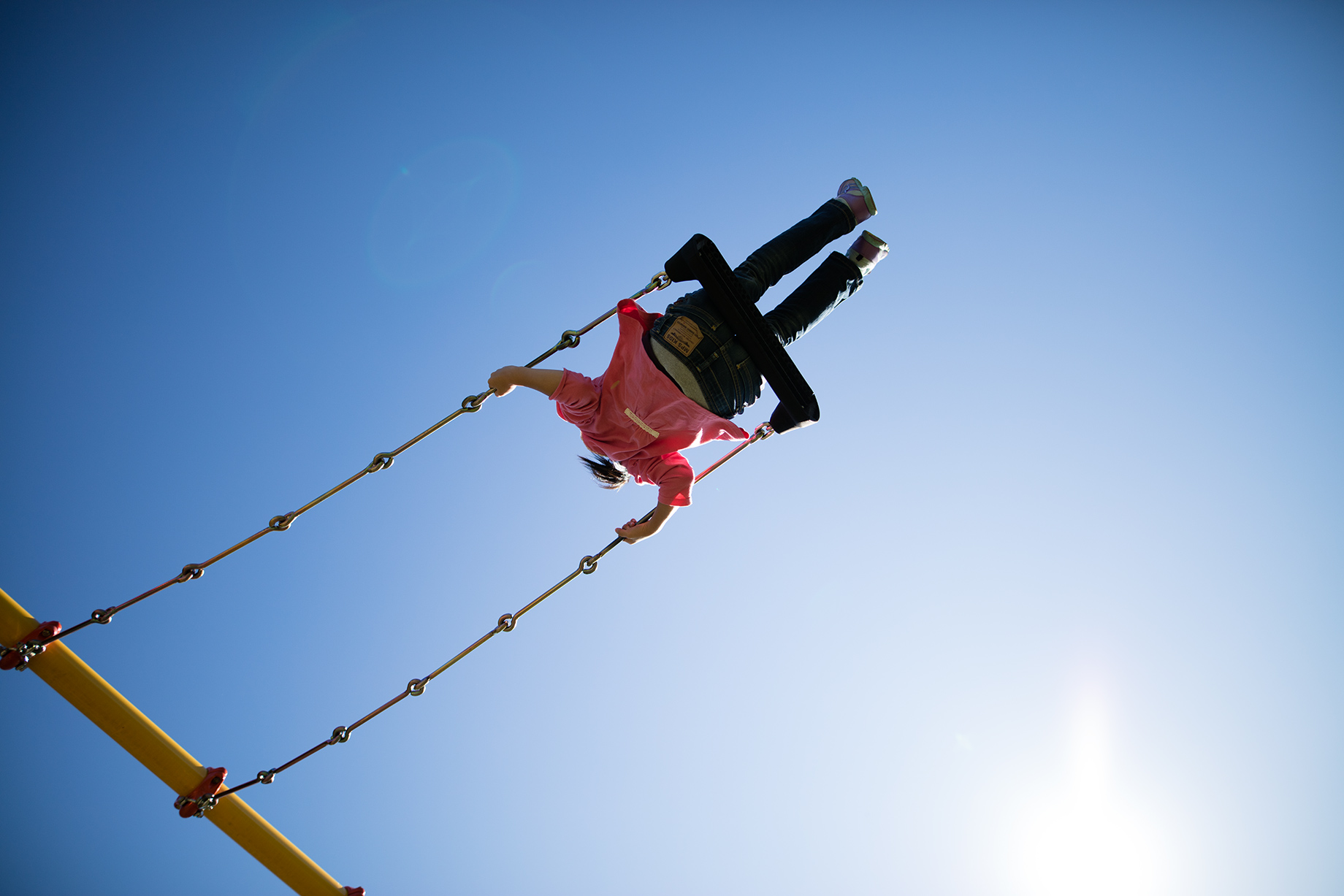
SIGMA 20mm F1.4 DG HSM | Art Impression
The 20mm F1.4 has joined SIGMA's Art line of lenses.
While SIGMA currently makes three Art primes including the 50mm F1.4, the 35mm F1.4, and the 24mm F1.4, the 20mm F1.4 expands the lineup toward the wide side. According to SIGMA, it is the world's first specification of a lens for 35mm full frame DSLR cameras.
I imagine why SIGMA tried to achieve the world's first specification now.
While 28mm and 24mm can manage to reproduce the field of view of the human eye, 20mm completely overwhelm it. Then, what happens if it has the F1.4 brightness?
Taking advantage of the strong perspective, an ultra-wide-angle lens allows us to take dynamic shots. Meanwhile, they tend to look flat as well. So, I guess they wanted the lens to make the focal peak pop out by using the shallow depth of field realized by F1.4. In other words, they must have wanted the lens to realize "ultra-wide-angle photography with 3D effect."
However, this is impossible to realize just by the focal length and the lowest F-number. For example, the lens also needs to have better bokeh taste and higher resolution even though they cannot always be quantified.
Of course, there are many other benefits of the specification. Plus, it's also important to have some "artstic taste" in the rendition. Anyhow, in order to thoroughly test the lens, I used it in a variety of situations for a long period of time.
Natural
Panoramas
When I get a 20mm ultra-wide-angle lens, I want to shoot wide scenes first. But considering the specification of 20mm F1.4, I shouldn't test it around nearby parks or just outside of town. I planned ahead to take my time to find the good subjects to be shot with this lens, and travelled across Japan in search of the natural landscapes.
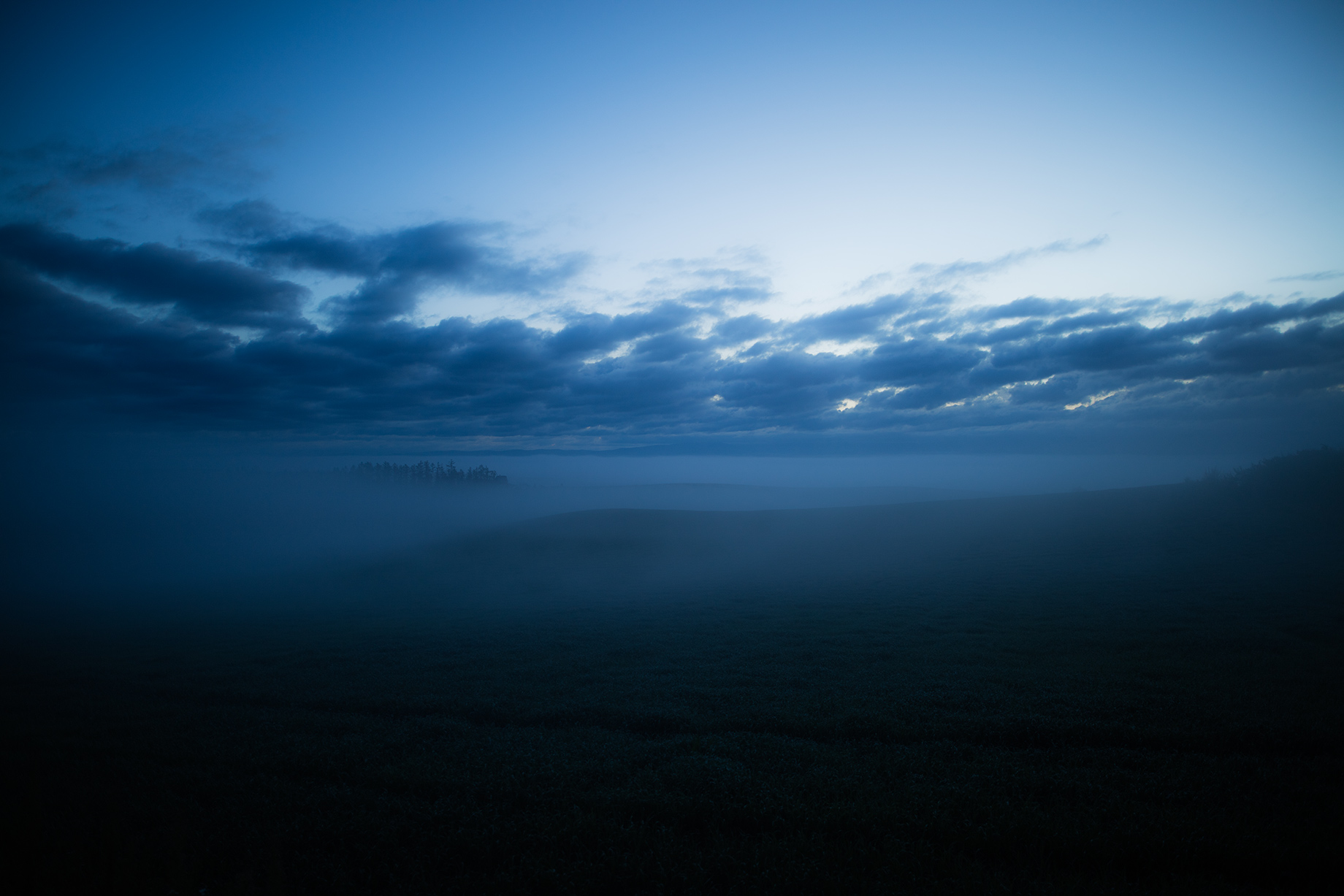
Mid-September. While Tokyo was being hit by a heat wave, this place felt shivering cold even with my heavy hoodie on. Because the dreamy morning haze kept changing its figure from moment to moment, it completely looked different while I let my mind drift for a second. Despite the lowlight condition before the sunrise, I could choose the safe shutter speed to hold the camera securely without a tripod thanks to the F1.4 speed.
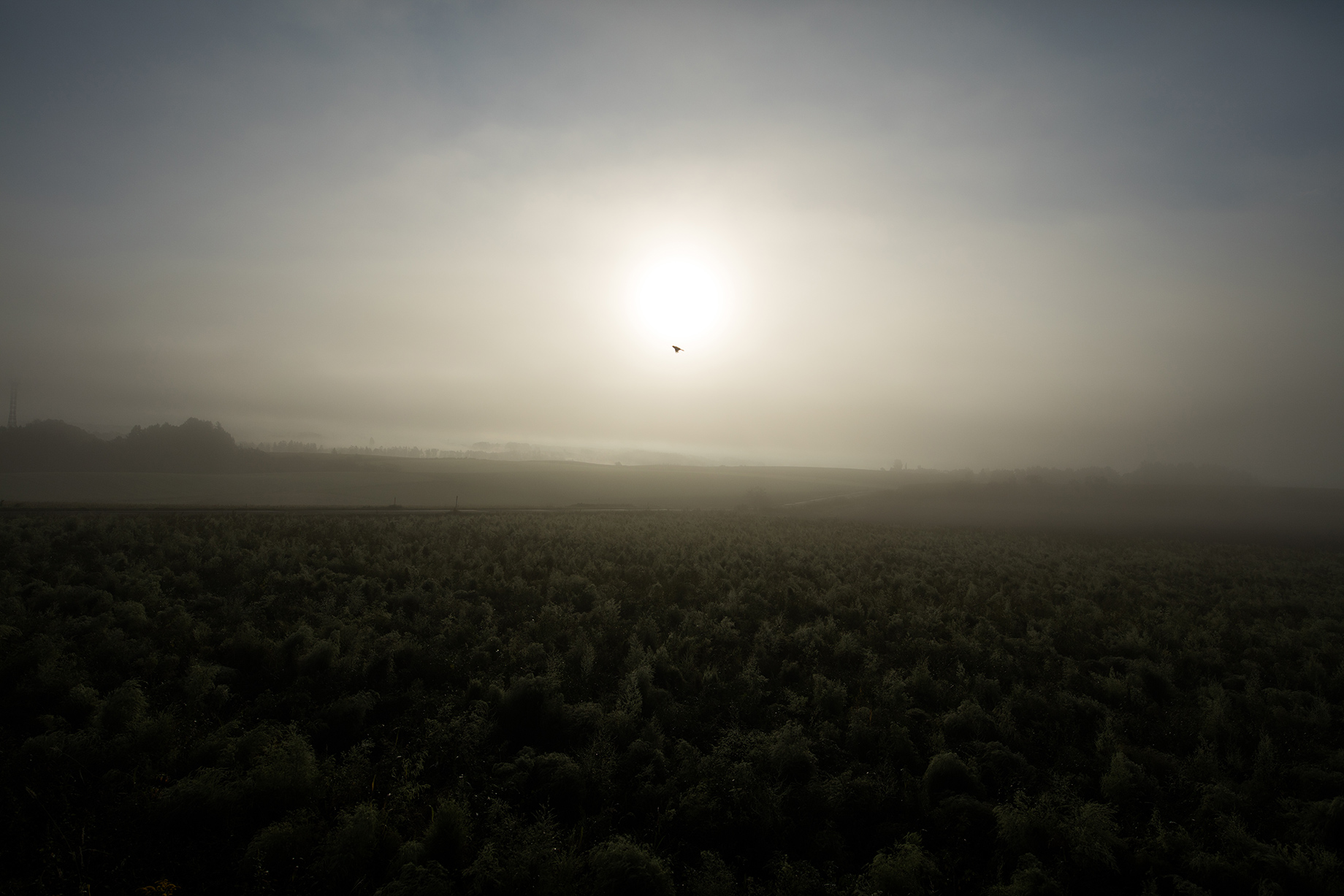
At the moment I looked into the viewfinder, a flying bird overlapped the rising sun and I automatically moved my right index finger. When I view the image in the original size, I can learn the shape of the flapping wings even though they look tiny in the reduced image. Take a close look at the resolution of the plants completely covering the land and the gradation of the far hills and trees.
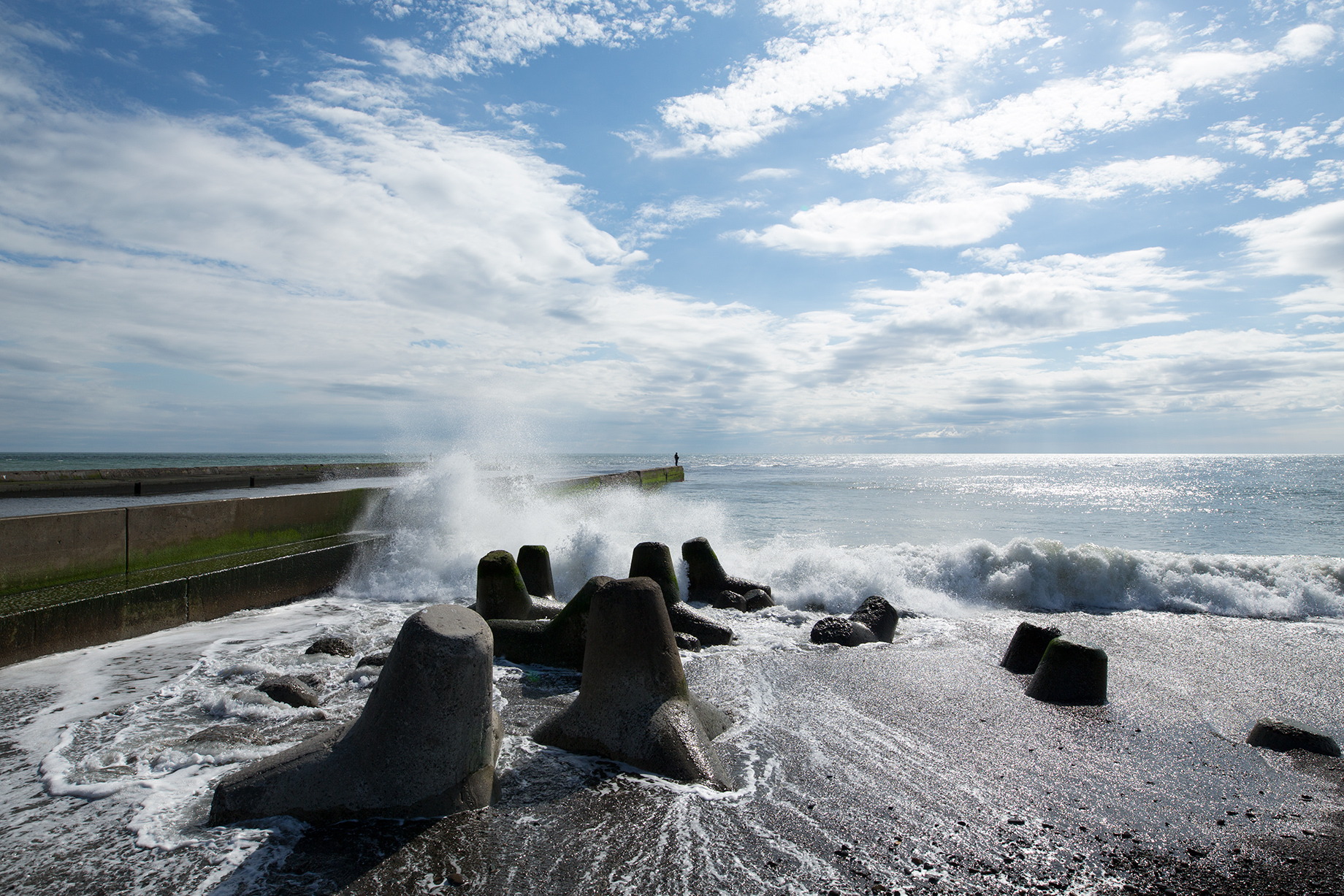
It was sunny, but windy because of the typhoon. Someone was fishing at the head on the long bank. Wondering if he weren't scared of the occasional big waves, I pressed the shutter button just when the wave lashed the bank. While I was observing the breaking wave in the original size image, I thought of the famous woodblock print "The Great Wave off Kanagawa" of the series "Thirty-six Views of Mount Fuji" because the wave shape exactly matches the one of the print. I used to doubt if the wave could have that shape, but actually it had. Hokusai, you're just incredible.
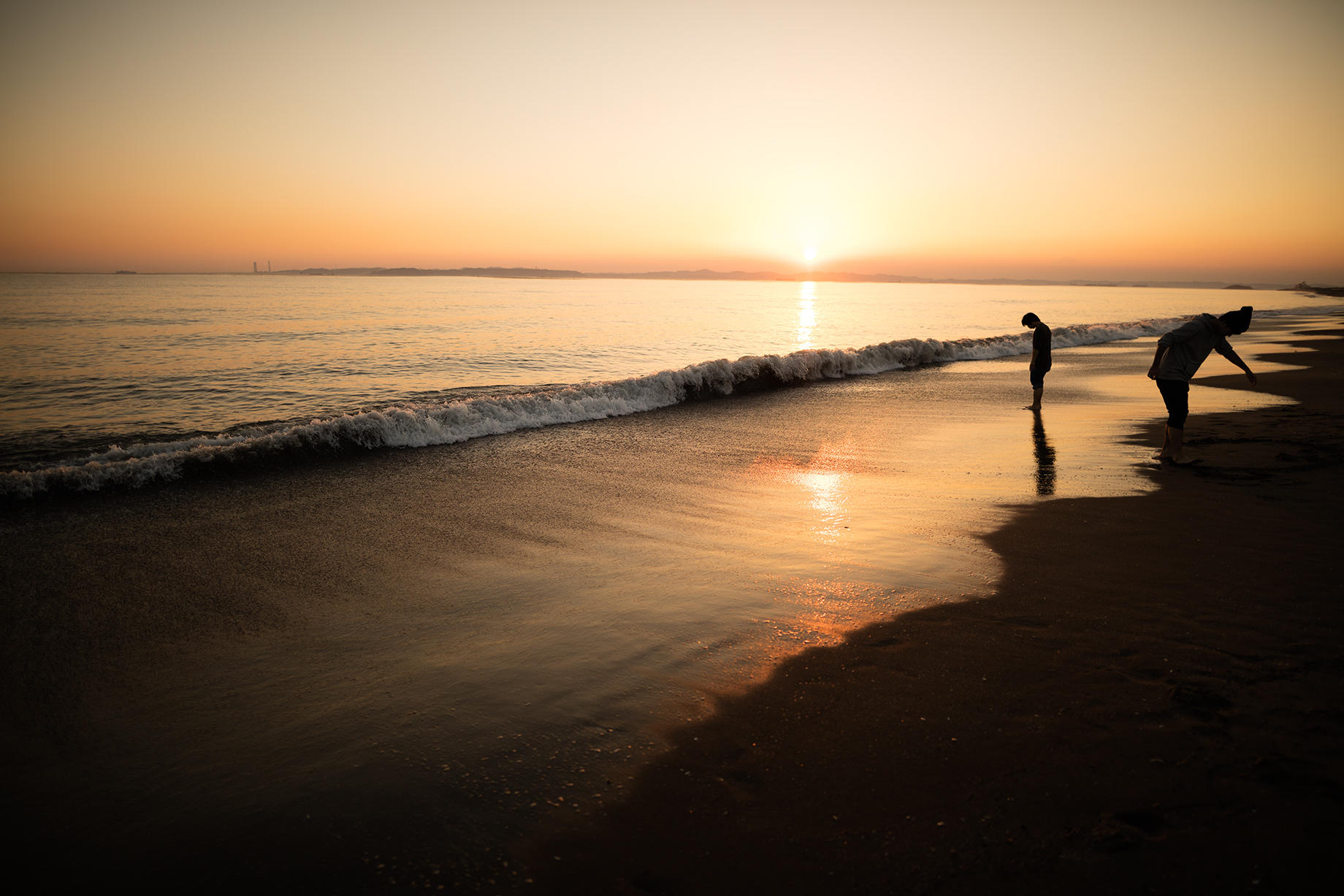
The sky turns to red and the ocean is faint blue only for a short period of time, which is literally "the magic hour." I focused on the head of the wave around the center. Even in this amount of light, I could use the 1/1600-second shutter speed and ISO100, setting the lens wide open. I could fully capture every little splash of the rising wave. Because not many people come to the beach in the late summer, I appreciated the two people who made a big difference on this shot.
City Arenas
After I took a good amount of shots of the vast nature, I felt like shooting urban scenes. In front of the great nature, human beings are not even supporting players and nothing more than speculators. But, I could walk confidently in the city because it is our stage that we built. With the 20mm F1.4, I was ready to crop and encompass the breath of the city sensed by getting close, walking in, turning around, and looking up.
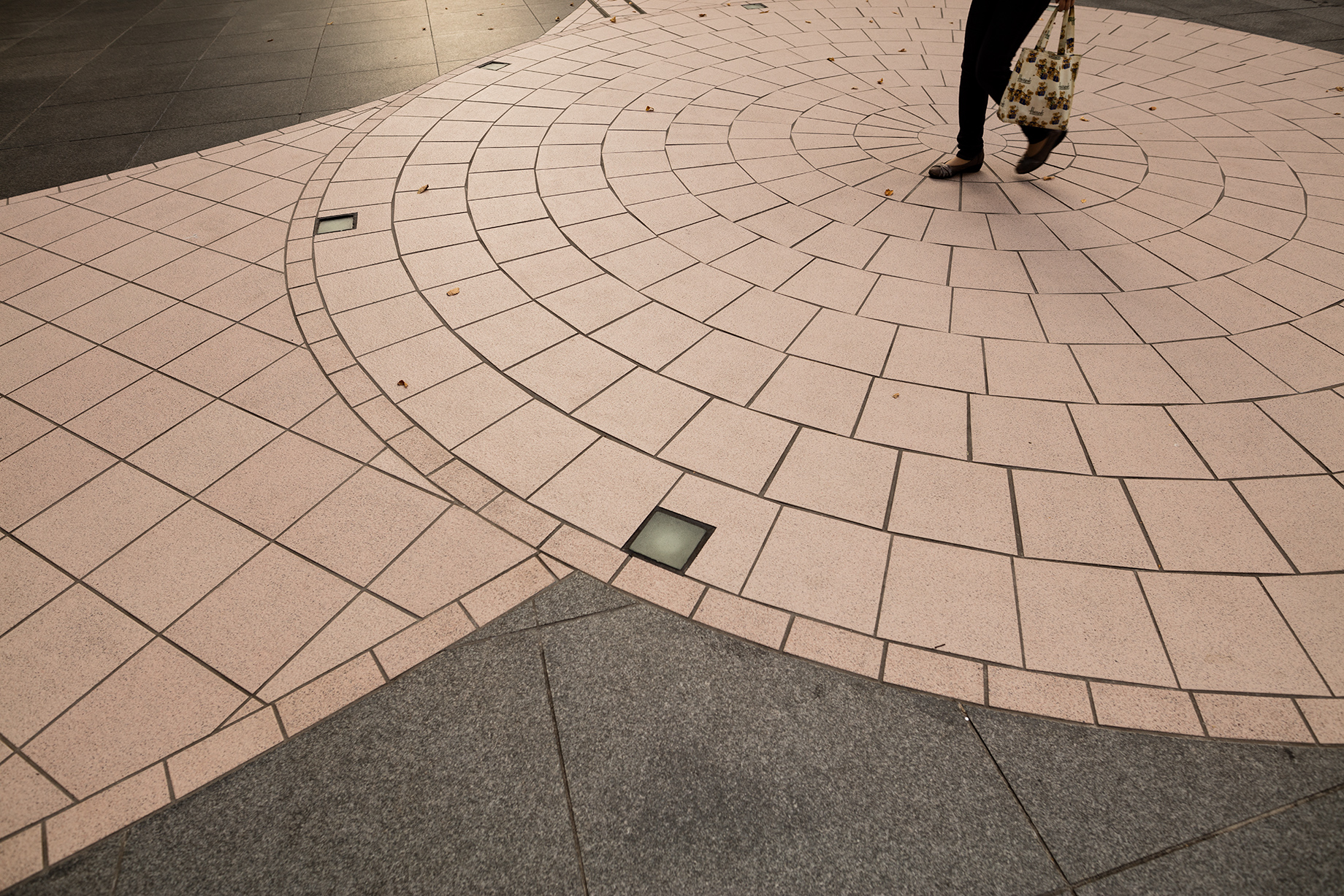
"Get closer," says the other me living inside myself. We need courage to take one, two, or even three steps further in order to shoot images reflecting the unique perspective of an ultra-wide angle. And, "the sense of immersion in the scene" felt by getting closer produces the reality different from what we see through standard and telephoto lenses. Looking into the viewfinder, I adjusted the angle of the camera and waited until one person walks into the center of the circle of tiles. In most cases, you can do it if you can dream it.
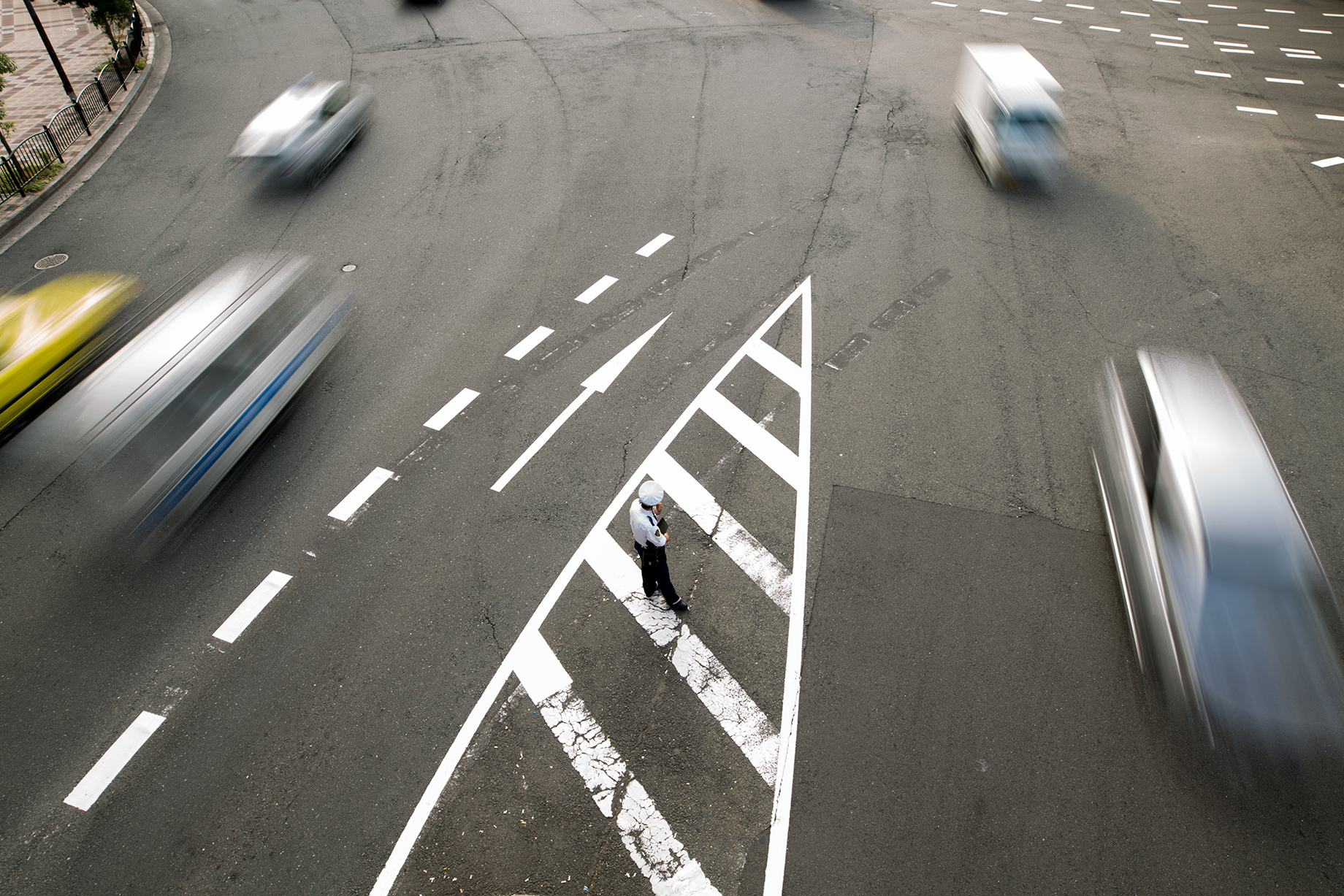
This is a view from an overhead walkway. Whenever I cross one, I look down. Although I care less about where they are located, I'm often surprised by the unexpected views from above. I didn't mean to waste the F1.4 brightness, but I chose to stop down fully to use the 1/4-second slow shutter speed so that I could express the bustling city. Because I was used to an ultra-high shutter speed like 1/8000 second, I felt the blackout for just 1/4 second like an eternity.
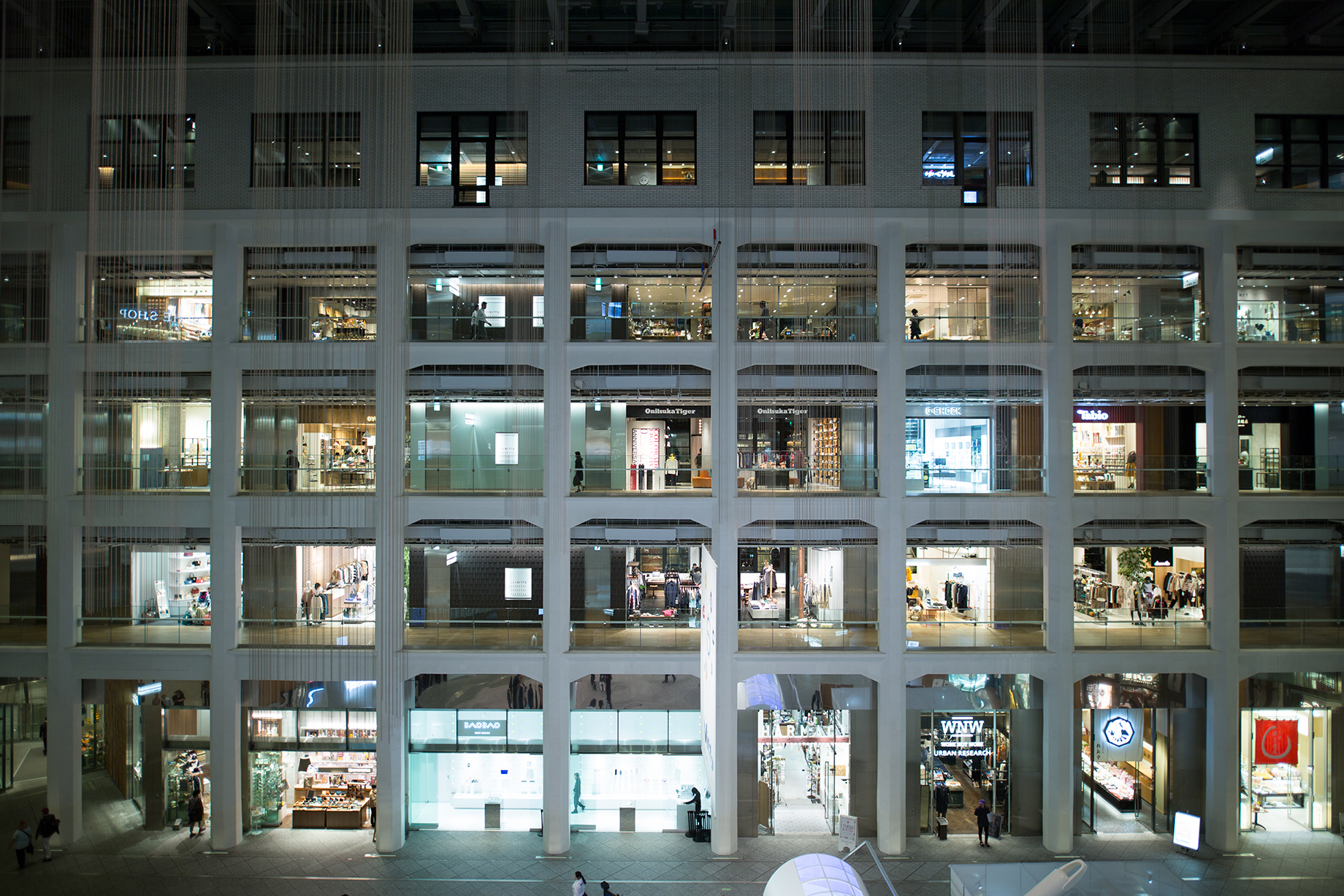
A subject like this one would look strange if not shot face-to-face confirming the camera is level horizontally and upright vertically. The best way to do it is using a tripod, but we cannot always use it. This lens with the F1.4 brightness gave me more chances to shoot handheld. I'm sure that SIGMA aimed to reduce distortion. Even though I gave the lens a hard time by taking this shot, considering the specification of 20mm F1.4, I have no complaints about how it managed to correct it only optically. While some lenses correct distortion inside the lens digitally, SIGMA says they don't use such technology on the lenses in their current lineup and they won't do it on their future Art line lenses. This is one of the reasons that we as photographers respect SIGMA.
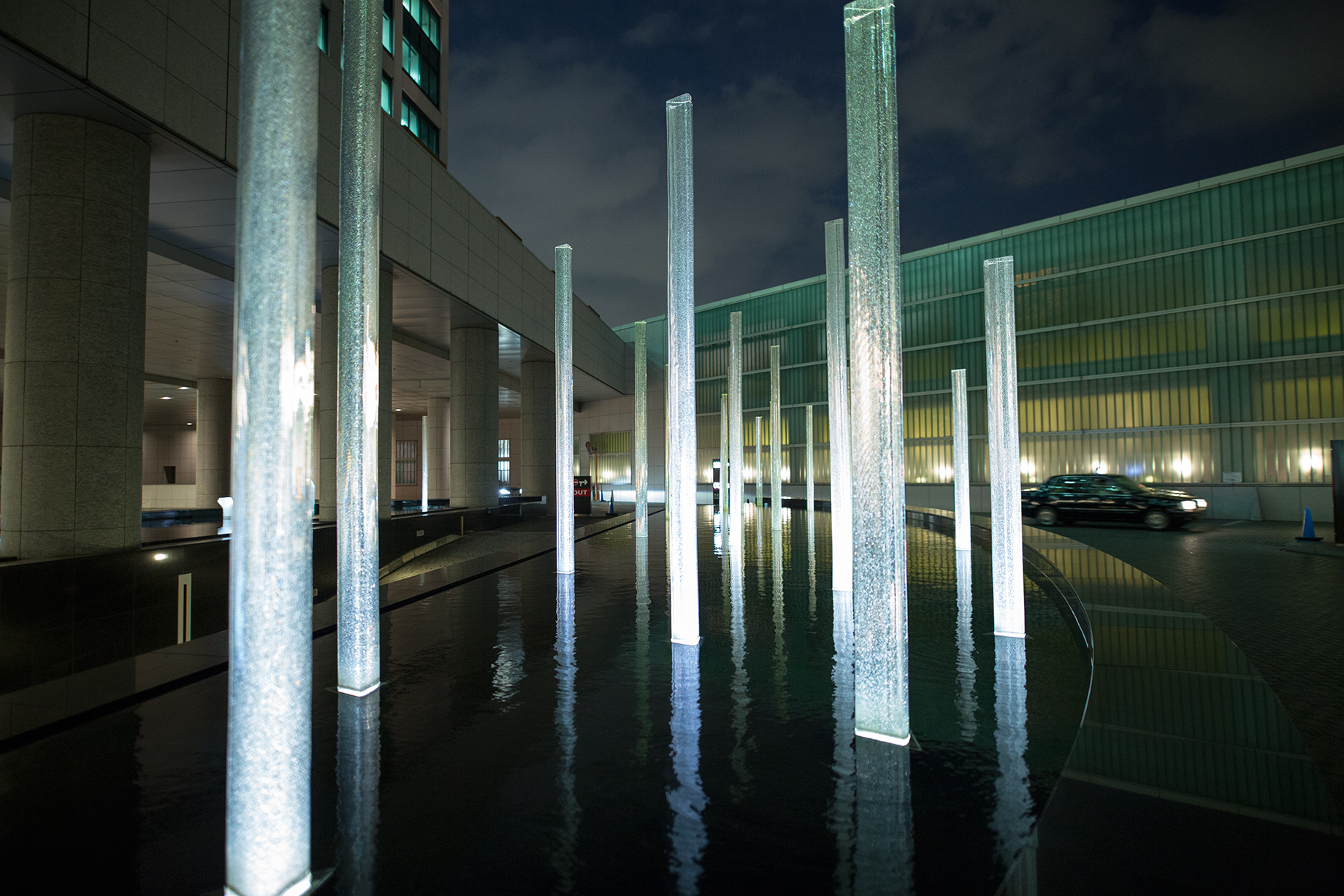
The poles of light were sticking out of the water to the sky. I opened up the aperture focusing on the center. I had to increase the ISO sensitivity to light up to the background, but I still appreciated the speed of the lens. Even though the F1.4 bokeh is large, I can express the depth from foreground to background in addition to the breadth from side to side and up and down, essentially because of enough sharpness of the background in this distance. In addition, we can tell the potential of the lens by looking at the gradation from the dark water surface to the clouds in the sky to the lights in the building, and to the shining poles.
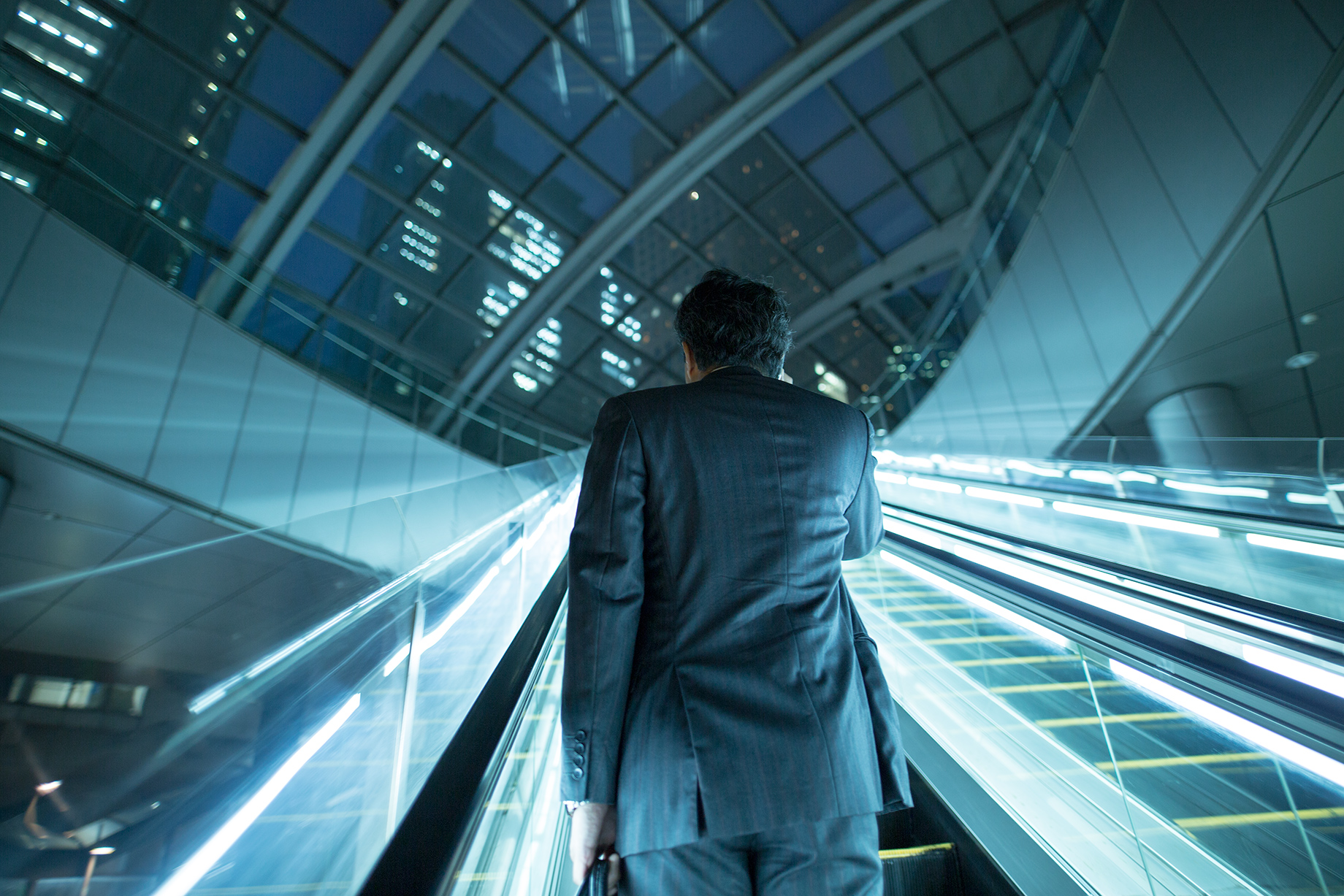
A person emerges from the scene and I wonder if the image could show the existence, the life, and even the belief of the person. He worked very hard on this day. Is he calling his family? Or, is he talking about his business? My imagination doesn't stop and maybe this is because of the complete mismatch between the cool-looking but inorganic background and the flesh-and-blood person who breaks his back.
Human Circumstances
If you associate "shooting people" with "portrait photography," you think of a short-telephoto lens with a longer focal length. However, ordinary people neither smile in front of a cyclorama nor stand by the window with a look of melancholy. Everyone has their own circumstances where "they can be themselves." So, when we shoot "a scene with a person" by taking a step back from "the person him/herself," the 20mm F1.4 shows its real ability.

I visited the town after so long to be surprised by the massive change. Everything is sorted, remade, and sophisticated. It was not what it used to be. But, I found this old cafe standing as if it were left alone. The place seemed to serve alcohol in the nighttime. The old master has been working hard to run it all by himself from morning till night. The space kept by the master for decades had something like "an accumulation of air." Because I was confident that the lens could capture it, I pressed the shutter button. The master said, "These wet towels are not like the cheap stuff you see around. Aren't they thick and heavy? And, they're scented." I have no objection.

As for the image on the left, I focused on the lid just above the lip of the pot filled with cold water. Of course, I shot wide open to demonstrate the shallow depth of field and the bokeh taste of the background.
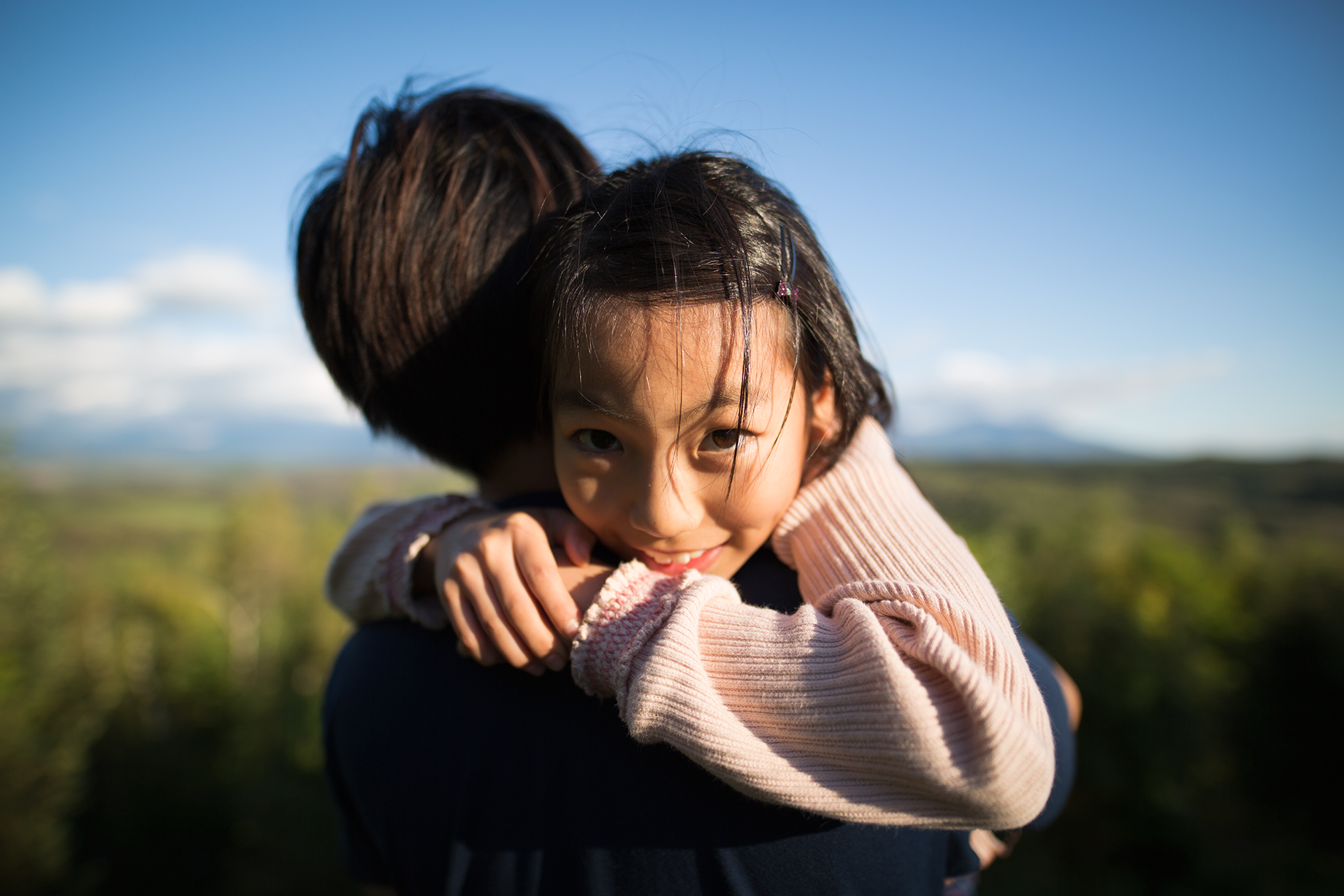
The family lives in the house on the hill with an overlooking view of the never-ending stretch of forest in the northern land. In the vast location, I got close and close up to 10-plus centimeters to her until I captured the two eyes. This is the gaze I wanted to capture. In close-up shooting, the combination of 20mm focal length and F1.4 depth of field realizes its unique rendition that can only be achieved with the specification. She is still a second grader and looks childish when she throws her arms around her father's neck. But, her straight gaze toward the lens looked mature enough to confuse me, who was looking into the viewfinder.
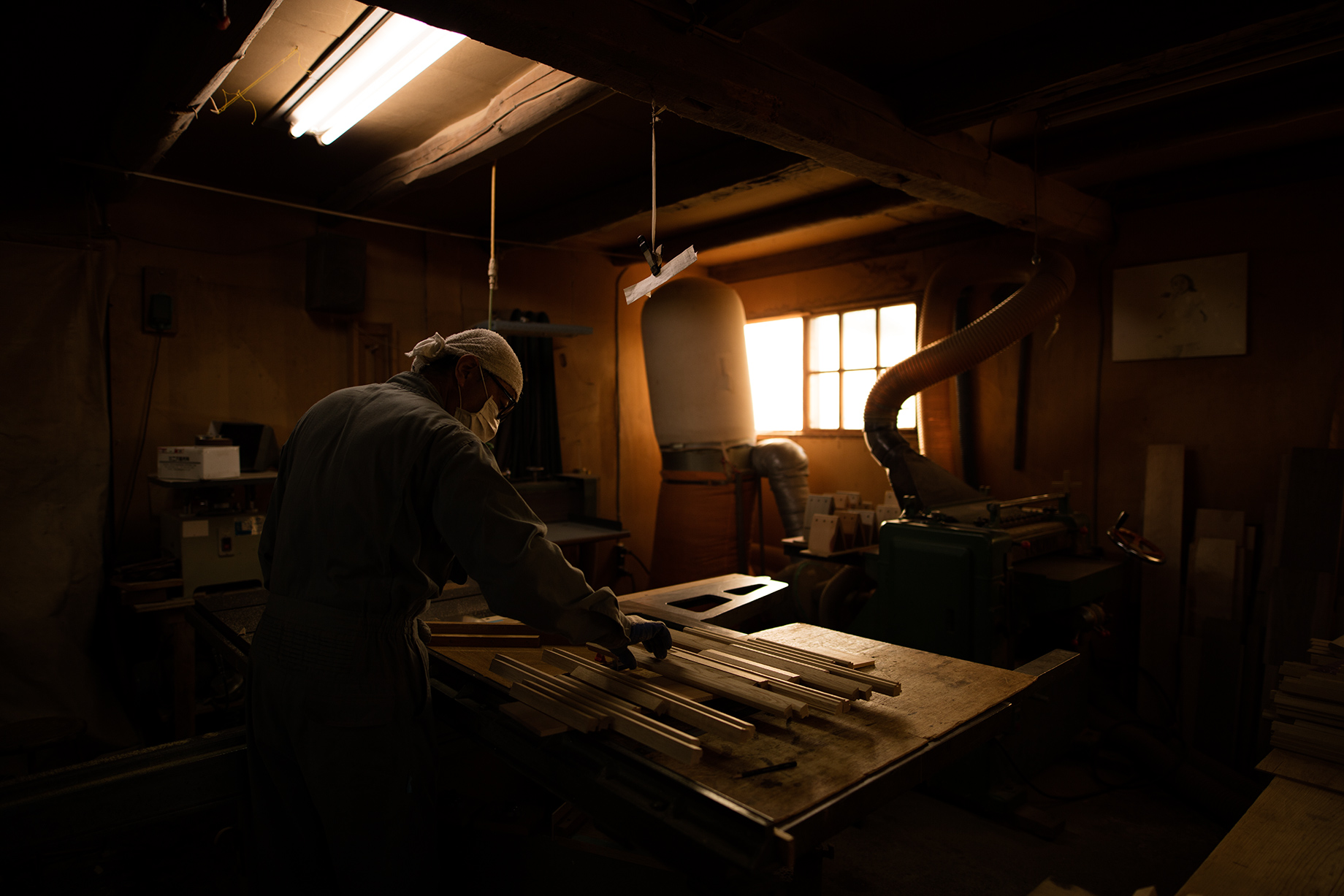
I visited a craftsman running a woodworking shop in a remote mountain. As soon as I went inside the workshop, the smell of sawdust stimulated my nostrils. After asking him not to mind me and continue his work, I started shooting. There was no room to step back. There was not enough light. And, the subject kept moving. The situation was not ideal for photography, but the performance of 20mm F1.4 overcame all the difficulties. I focused very carefully in order to shoot what he shoulders making furniture day after day, even though it was invisible.

Wide open. I focused on the engraving of the small letters on the stainless ruler slightly toward the lower left of center. Check the shallow depth of field, the front/back bokeh, the shadow gradation, and the contrast.

After shooting
Again, as it now stands, this is the world's only 20mm F1.4 DSLR lens covering the 35mm full frame sensor. In other words, it provides the view we have never seen before.
Now, what I'm most impressed with is that it emancipated the "photographic expression realized by an ultra-wide-angle lens" even further by its wide angle and shallow depth of field.
For example, the shot above couldn't be taken with F3.5 or F2.8, or even F2. While it emphasizes perspective, it powerfully points up just one thing in the scene. Isn't it like a "lift-the-flap-book" that my parent once bought me?
As mentioned in the opening, this unique rendition cannot be realized without other factors such as beautiful bokeh taste and clear separation between focal peak and bokeh, which is realized by high resolution. In addition, the performance of 20mm F1.4 cannot be accomplished without the basic performance including lower aberrations, good color reproduction, and good contrast.
The high basic performance is largely a result of employing the SIGMA's Foveon sensor in lens development. And, SIGMA fine-tunes lenses for camera bodies of other manufacturers in order to perform competently even with the Foveon sensor.
This lens is a new brush for photographers. It's unsubstitutable and compelling.
-
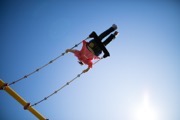
JPEG 8688×5792(12.7MB)Camera: Canon EOS 5Ds R Exposure Mode: A-Aperture Priority Mode ISO Setting: 100 White Balance Setting: Auto Shutter Speed: 1/3200s Aperture Value: F1.4 -
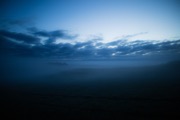
JPEG 8688×5792(14.7MB)Camera: Canon EOS 5Ds R Exposure Mode: A-Aperture Priority Mode ISO Setting: 100 White Balance Setting: Auto Shutter Speed: 1/80s Aperture Value: F1.4 -

JPEG 8688×5792(15.0MB)Camera: Canon EOS 5Ds R Exposure Mode: A-Aperture Priority Mode ISO Setting: 100 White Balance Setting: Auto Shutter Speed: 1/2500s Aperture Value: F5.6 -
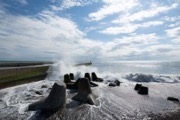
JPEG 5760×3840(10.8MB)Camera: Canon EOS 5D Mark III Exposure Mode: A-Aperture Priority Mode ISO Setting: 100 White Balance Setting: Auto Shutter Speed: 1/500s Aperture Value: F11 -

JPEG 8688×5792(16.9MB)Camera: Canon EOS 5Ds R Exposure Mode: A-Aperture Priority Mode ISO Setting: 100 White Balance Setting: Auto Shutter Speed: 1/1600s Aperture Value: F1.4 -
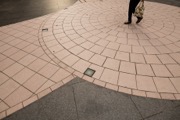
JPEG 8688×5792(25.2MB)Camera: Canon EOS 5Ds R Exposure Mode: A-Aperture Priority Mode ISO Setting: 100 White Balance Setting: Auto Shutter Speed: 1/250s Aperture Value: F4 -

JPEG 5760×3840(9.8MB)Camera: Canon EOS 5D Mark III Exposure Mode: A-Aperture Priority Mode ISO Setting: 100 White Balance Setting: Auto Shutter Speed: 1/4s Aperture Value: F16 -

JPEG 5760×3840(10.2MB)Camera: Canon EOS 5D Mark III Exposure Mode: A-Aperture Priority Mode ISO Setting: 100 White Balance Setting: Auto Shutter Speed: 1/50s Aperture Value: F1.4 -

JPEG 5760×3840(11.1MB)Camera: Canon EOS 5D Mark III Exposure Mode: A-Aperture Priority Mode ISO Setting: 2000 White Balance Setting: Auto Shutter Speed: 1/40s Aperture Value: F1.4 -

JPEG 5760×3840(10.1MB)Camera: Canon EOS 5D Mark III Exposure Mode: A-Aperture Priority Mode ISO Setting: 250 White Balance Setting: Auto Shutter Speed: 1/40s Aperture Value: F1.4 -

JPEG 8688×5792(16.4MB)Camera: Canon EOS 5Ds R Exposure Mode: A-Aperture Priority Mode ISO Setting: 100 White Balance Setting: Auto Shutter Speed: 1/50s Aperture Value: F1.4 -

JPEG 8688×5792(16.1MB)Camera: Canon EOS 5Ds R Exposure Mode: A-Aperture Priority Mode ISO Setting: 100 White Balance Setting: Auto Shutter Speed: 1/25s Aperture Value: F1.4 -

JPEG 5760×3840(5.9MB)Camera: Canon EOS 5D Mark III Exposure Mode: A-Aperture Priority Mode ISO Setting: 100 White Balance Setting: Auto Shutter Speed: 1/2500s Aperture Value: F1.4 -
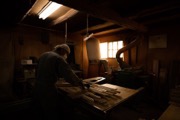
JPEG 8688×5792(11.9MB)Camera: Canon EOS 5Ds R Exposure Mode: A-Aperture Priority Mode ISO Setting: 100 White Balance Setting: Auto Shutter Speed: 1/250s Aperture Value: F1.4 -

JPEG 5760×3840(5.5MB)Camera: Canon EOS 5D Mark III Exposure Mode: A-Aperture Priority Mode ISO Setting: 100 White Balance Setting: Auto Shutter Speed: 1/125s Aperture Value: F1.4 -

JPEG 8688×5792(16.9MB)Camera: Canon EOS 5Ds R Exposure Mode: A-Aperture Priority Mode ISO Setting: 100 White Balance Setting: Auto Shutter Speed: 1/8000s Aperture Value: F1.4